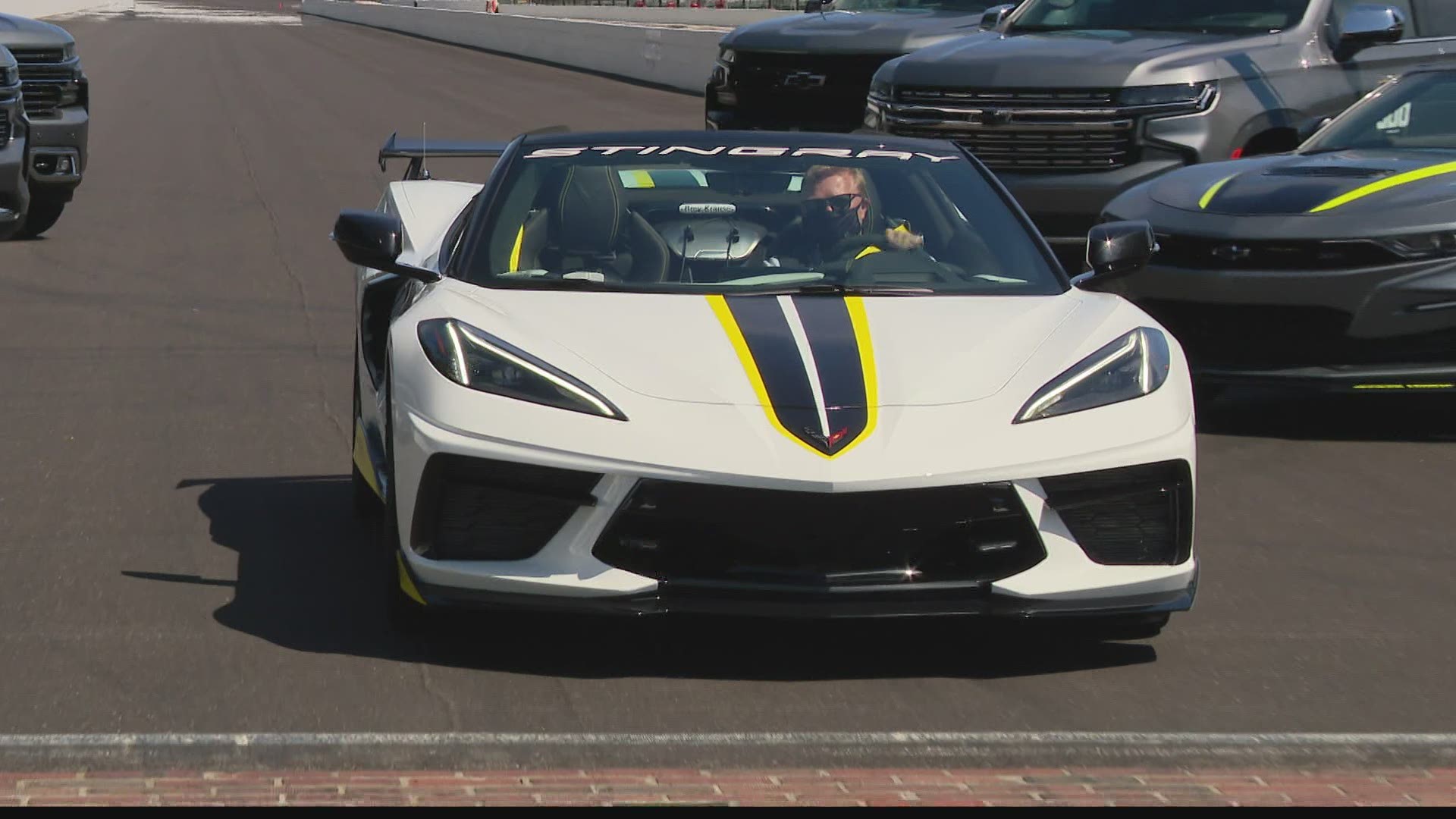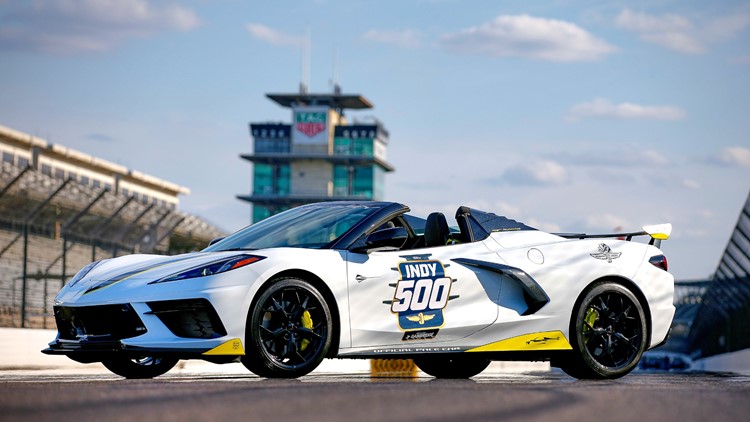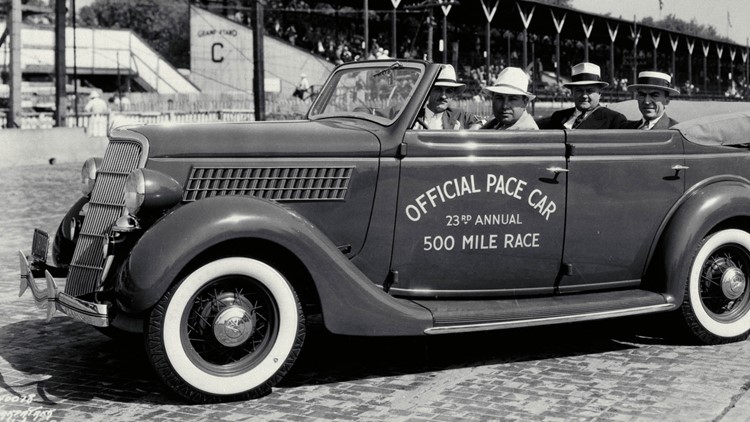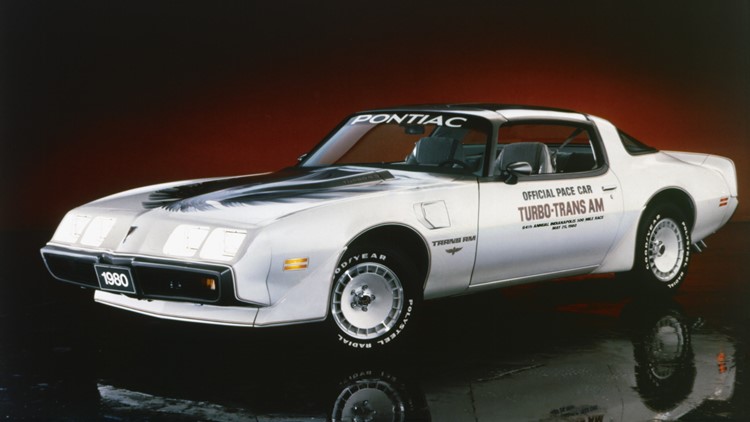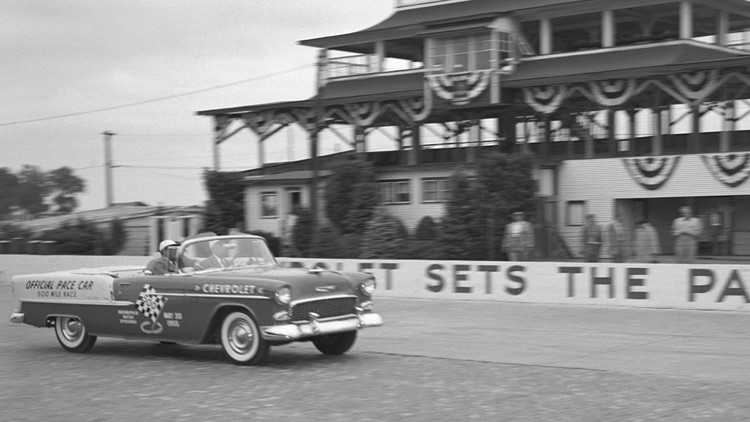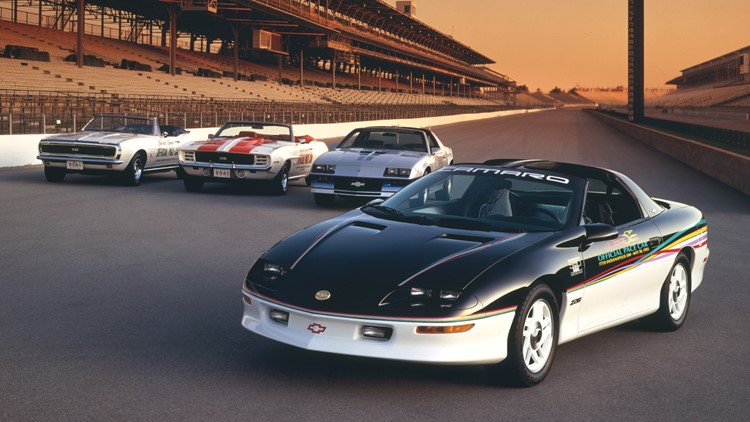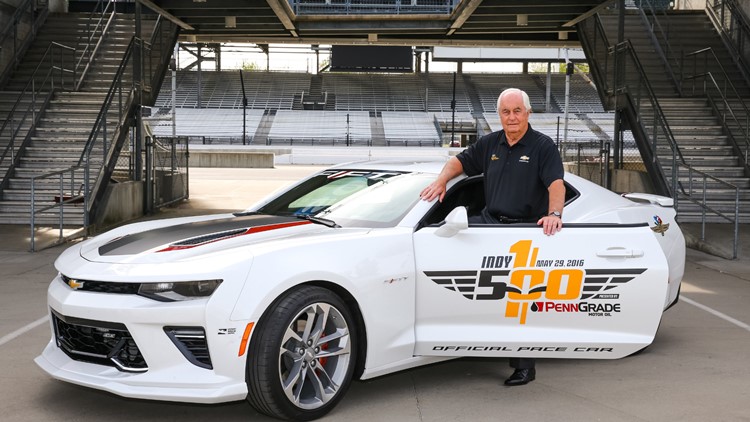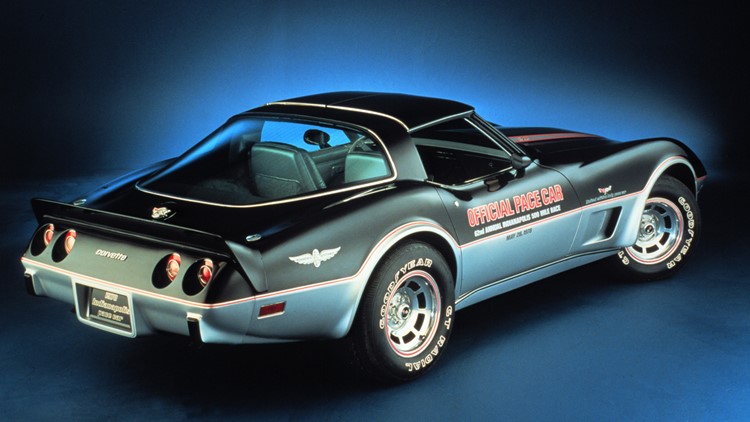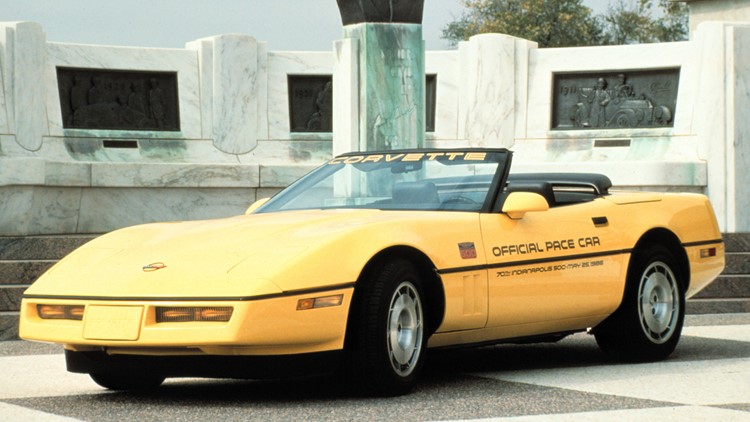SPEEDWAY, Ind. — One of the most anticipated traditions leading up to the annual Indianapolis 500 race is unveiling the pace car. Given Chevrolet’s partnership with the Indianapolis Motor Speedway, it was a pretty good guess that a Corvette or Camaro would pace the famous race for its 105th running this Memorial Day Weekend.
“The 2021 Corvette Stingray hardtop convertible is such a world-class performance car that’s a perfect match to lead the talented field of 33 drivers to the green flag in ‘The Greatest Spectacle in Racing,” said Indianapolis Motor Speedway President J. Douglas Boyles.
Indianapolis 500 Pace Car: The 2021 Corvette Stingray
Power with Purpose
Pace cars were not always as sleek as the Corvette Stingray, but they have a more important job than just looking good on television. Their main duty is to provide safety during warm-up laps, when cautions occur, and by keeping the racecars at a safe speed whenever necessary. When cars smack the wall, or fail to proceed by any other means, pace cars are the first to roar out of the pits to regain control. They also enable those beautiful “flying starts” Indianapolis race fans love so much.
The first “Pacemaker” was a Stoddard-Dayton, which led a field that included Ray Harroun’s Marmon Wasp. The driver was IMS co-founder Carl G. Fisher. A Stutz set the pace in 1912, followed by two more Stoddard-Daytons.
Looking through the decades, there have been some impressive pace cars. Duesenberg paced in 1923 – as did a front-drive Cord L-29 in 1930, Lincoln Model KB in 1932, and Chrysler Newport Parade Phaeton in 1941. An Oldsmobile 88, Chevrolet Bel Air, Ford Thunderbird, and Studebaker Lark Daytona all appeared before the first Mustang in 1964. Camaros led in 1967 and 1969.
History of Indianapolis 500 Pace Cars
More recently we’ve seen the 1971 Dodge Challenger, 1980 Pontiac Trans Am Turbo, 1982 Camaro, 1993 Cadillac Allante, and 1994 Ford Mustang Cobra. Since 1997, all pace cars have been provided by General Motors. Corvettes and Camaros have dominated since, but the 2001 Oldsmobile Bravada SUV and 2003 Chevrolet SSR added a couple of trucks.
Sky Cool Corvette
Perhaps no car has been better suited to track duty than the Stingray convertible. It will make good television wearing Arctic White paint, neon yellow accents, and 500 event logos. Sky Cool Gray and Strike Yellow upholstery join carbon fiber dash trim inside. To improve aerodynamics, strobe lights are integrated with the headlights and front louvers. Rear strobe lights are fitted into the tonneau cover nacelle to eliminate the traditional light bar.
Keeping pace will not be a problem given the car’s mid-mounted 6.2-liter V8 engine that delivers 495 horsepower through an eight-speed dual-clutch automatic transmission. A head-up display and Magnetic Ride Control that adjusts the suspension continuously aid drivers. A top speed near 200 mph and the ability to accelerate 0-60 mph in under 3 seconds should prove adequate for staying ahead of trouble.
The Stingray is the first Corvette convertible to pace since 2007. It joins a long heritage of Chevrolet and Corvette pace cars as the 32nd time Chevrolet has paced going back to 1948 and the 18th time since 1978 for Corvette. Watch the latest car speed by the pagoda and I think you’ll agree there’s something about Indianapolis and Corvette that seem a natural fit.
“The Chevrolet team is privileged every time we’re invited to pace the Indianapolis 500,” said Steve Majoros, vice president of Chevrolet Marketing. “We are confident the track-capable Corvette Stingray Convertible will catch every race fan’s eye as it leads the pack toward the Yard of Bricks.”
Each of us has our favorite pace cars. I fondly remember visiting the track for the first time in 1984 when the Pontiac Fiero was pace car. The yellow 1986 Corvette convertible was also a favorite. Twenty-two years later, I rode hot laps with Emerson Fittipaldi in the ethanol-powered Corvette Z06. None of those compare to the 2021 Corvette Convertible that will set the pace on Sunday, May 30.
Storm Forward!
Casey Williams is former auto correspondent for WFYI and the Indianapolis Star plus a contributor to the Chicago Tribune’s Sunday Auto Page. He has reviewed vehicles and covered the auto industry for over 25 years. He lives with his family in Broad Ripple. E-mail him at AutoCasey@aol.com; check his reviews on YouTube at AutoCasey.

